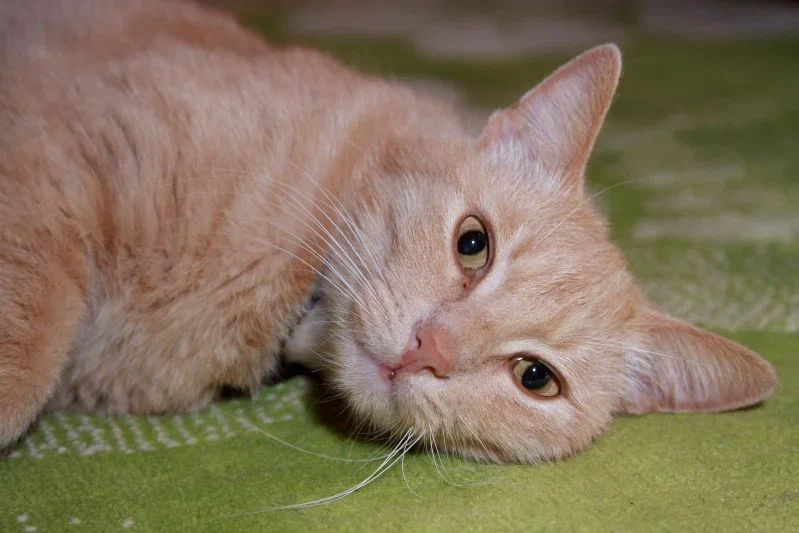How to feed a domestic cat in winter: is dry food enough for your pet
Not all people have yet come to terms with the idea that their diet needs to be adjusted with age and changing seasons, but it turns out that the same rule applies to pets.
It only remains to remind that the burden of responsibility for those we have tamed must be borne in full and to the end.
Experts have explained how to organize proper nutrition for a cat during the autumn-winter period.
The diet should remain complete and balanced, with the only adjustment being that in the cold season animals require more energy for heating.
Dry food
Quite, if it contains protein (poultry or fish), fats (omega-3 and omega-6) in the required amount, as well as vitamins, minerals and taurine.

You can temporarily switch to so-called winter versions of feed, which are more caloric.
Natural food
In this case, the pet will need poultry, veal, fish (tuna or saury).
As for vegetables, you can include them in the diet if the cat reacts normally to them.
Carrots, pumpkin and broccoli will not cause any harm, but onions and garlic can be harmful to your pet’s health.
